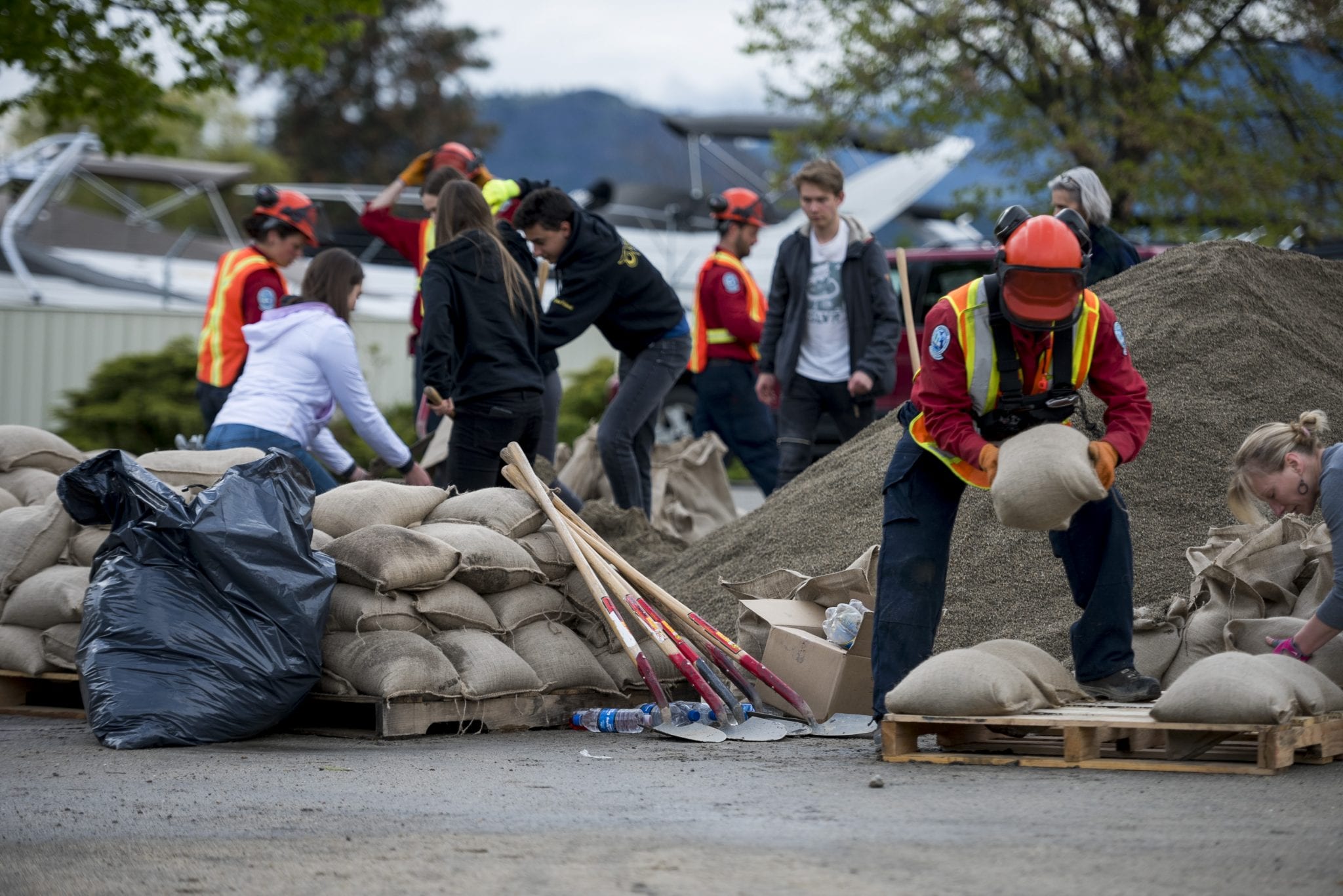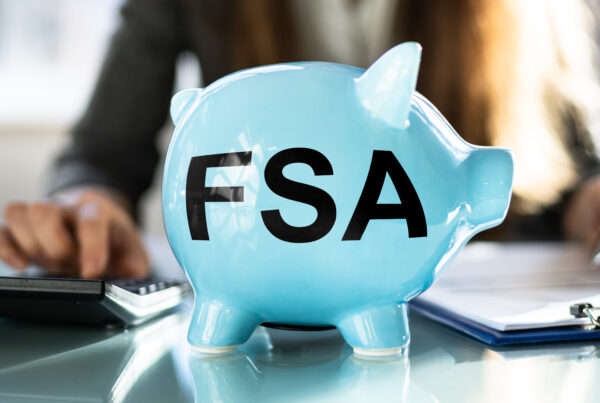Written by: Christopher Plein, Ph.D. West Virginia University and OneOp Military Caregiving Concentration
In a time of unprecedented fires in the West and hurricanes in the Atlantic Ocean and Gulf of Mexico, all set against the backdrop of a continuing pandemic, we are reminded of the risks posed by natural hazards and the challenges that are faced when disasters occur.
Due to the distribution of military installations across the United States, many military families live in areas that are at risk for flood, drought, and wildfires. As discussed in an earlier blog on Climate Change & the Military Community, the U.S. Department of Defense (2019) has placed greater emphasis on identifying natural hazard threats and vulnerabilities to military installations and their surrounding communities. Because military families most often live “outside the gate,” linking families to resources both military and civilian are crucial to readiness in the face hazards and potential disasters.
The OneOp is examining this relationship closely through the Military Family Readiness Academy series being held this fall, and with a second series to come in early 2021.
The first of these sessions focused on Disaster and Hazards Readiness 101 and was held on September 16. Led by Dr. Angie B. Lindsey, the session offered key insights on disaster and hazards management. A central theme was the importance of community partnerships and the need for coordinated response by local, state, and federal authorities. Dr. Lindsey also explained the processes and phases involved in disaster management by utilizing William Petak’s (1985) disaster and hazards management framework. These phases involve mitigation, preparedness, response, and recovery.
Mitigation involves risk reduction strategies, such as prevention measures aimed at minimizing hazardous conditions. At the community level, an example of this would be land-use practices that restrict building in areas vulnerable to flooding. For a family, this might be clearing flammable brush and plant material from around a home.
Preparedness involves the steps that individuals and communities can do to anticipate and plan for events. For communities, this might involve emergency plans and drills. For families, this might involve packing a “go bag” in the event of emergency.
Response involves those first actions taken in the immediate aftermath of a disaster. This is the stage that is often the focus of our attention as first responders come to the immediate needs of families and communities.
Recovery involves both short- and long-term efforts that help individuals, families, and communities rebuild their lives and places. Many different organizations and levels of government may be involved in these efforts. Ideally, recovery includes mitigation efforts to reduce future hazards and preparation in the event that disaster occurs again.
These four stages are essential takeaways because they help us to understand the roles that we can play in hazard and disaster readiness and action. For those whose job it is to support military family readiness, the preparedness and recovery stages are especially important. It is during the recovery process where families face some of their most daunting challenges. After the immediate emergencies in the response phase, the rebuilding process that is part of recovery can be complex and long. Those working with military families can play a crucial role in helping to make connections to needed resources at the community, state, and national levels. Clearly, helping families in preparedness places them in a better position should they be faced with the challenges of disaster recovery.
The September 16 session on Disaster and Hazards Readiness 101 has been archived and is available for viewing at your convenience. Two more sessions in this series are on tap for this fall. The next will focus on Impacts and Responses to Disaster and Hazard Readiness and will be offered at 11:00am Eastern on October 28. On November 18, at 11:00am Eastern, the session Planning for the Worst, Hoping for the Best will be offered. Dr. Lindsey will host and facilitate both of these learning opportunities.
This autumn’s MFR Academy sessions will be followed up in early 2021 with a second series on the topic of hazard and disaster readiness. Other resources and insights are currently being offered in blogs and webinars posted by OneOp concentration areas. For example, a recent blog on “Resource Discovery” posted by the MLFN Family Development team features links to helpful resources offered by key military, government, and non-profit stakeholders that can help families and communities prepare and address hazards and disasters. Another recent in-depth blog on “Preparing Military Families for Natural Disasters by Utilizing Resiliency Skills” has been posted by the Family Transitions team and provides practical tips and insights for preparation and action in the face of disaster. The MFLN’s Personal Finance team has posted a blog on “Financial Preparedness and Natural Disasters” that outlines prudent steps to take to be financially prepared for disruption caused by disaster. Additionally, the Family Transitions and Family Development teams hosted the webinar “Sesame Street and You: Caring for Each Other during COVID-19 and Other Emergencies,” which focused on helping young children and families cope with challenges.
Stay safe and well.
References
Petak, William J. 1985. “Emergency Management: The Challenge for Public Administration.” Public Administration Review 45(Special Issue): 3-7.
U.S. Department of Defense. 2019. Report on the Effects of a Changing Climate to the Department of Defense. Office of the Under Secretary of Defense for Acquisition and Sustainment (January).















